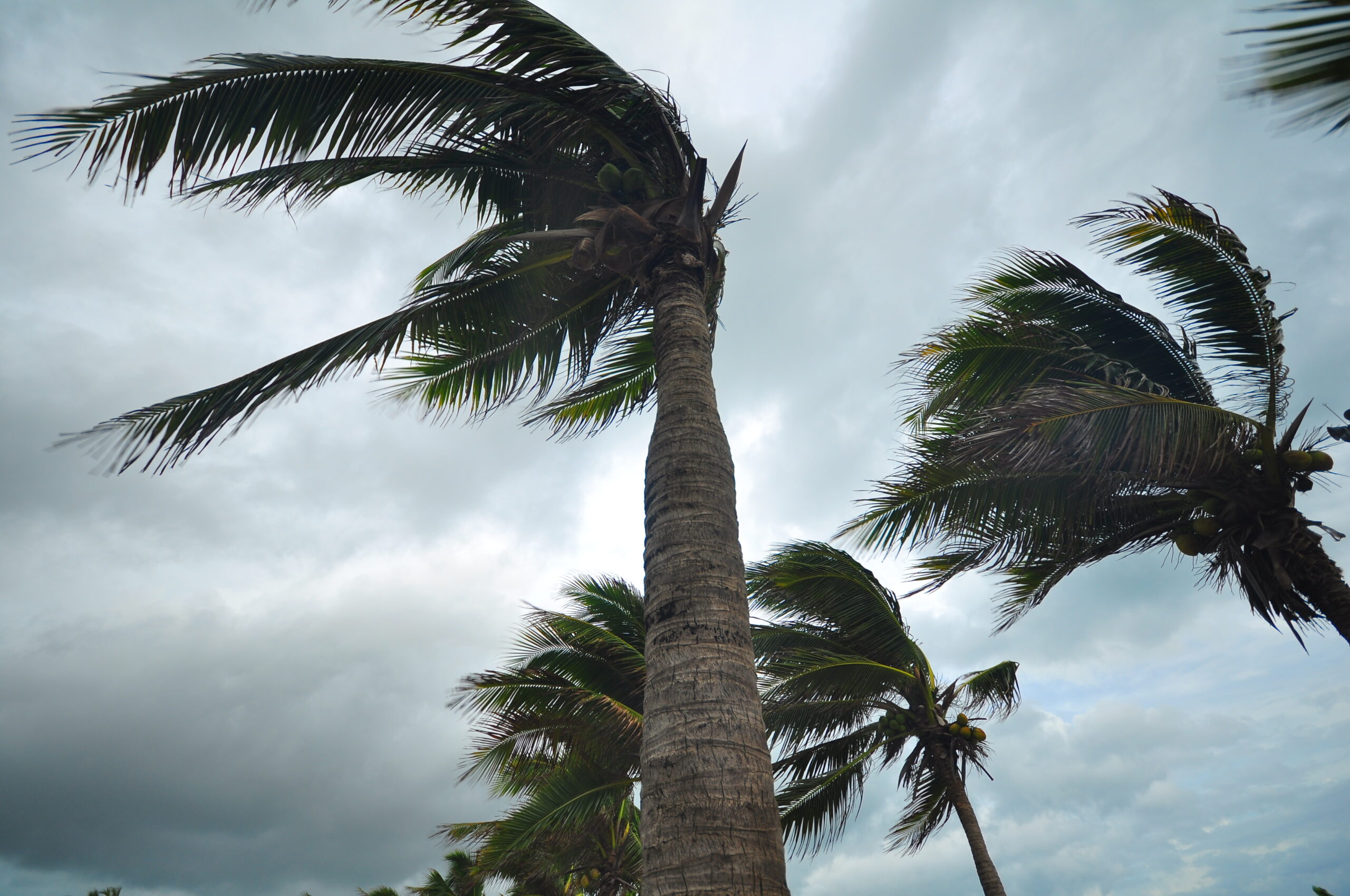Heavy winds can arrive with little warning, bringing dangerous conditions for drivers, homeowners, and businesses. From flying debris to power outages and property damage, strong gusts create risks that demand preparation and awareness. By taking proactive steps, individuals and organizations can reduce exposure and stay safe when winds pick up.
Driving Safely in High Winds
High winds make vehicles harder to control, especially larger ones like trucks, vans, and SUVs. Drivers should:
-
Slow down: Reducing speed improves stability and reaction time.
-
Keep both hands on the wheel: Strong gusts can push vehicles off course unexpectedly.
-
Avoid large trucks and buses: These vehicles are more vulnerable to tipping or swaying in high winds.
-
Stay alert for debris: Branches, trash bins, and other loose items can quickly become road hazards.
-
Pull over if needed: If winds become too strong, waiting until conditions improve is the safest option.
Securing Homes Against Wind Damage
Homeowners should focus on preventing property damage before storms arrive:
-
Secure outdoor furniture, grills, and decorations that can become projectiles.
-
Inspect roofs and siding for loose materials that may be torn away by gusts.
-
Trim trees and remove weak branches near the house.
-
Reinforce garage doors and windows, which are vulnerable entry points for wind damage.
Protecting Businesses and Facilities
For businesses, heavy winds can interrupt operations and put employees at risk. Steps include:
-
Conducting property inspections to identify and secure vulnerable areas.
-
Ensuring signage, awnings, and outdoor equipment are fastened or brought inside.
-
Backing up critical systems and preparing for power outages with generators or battery backups.
-
Communicating emergency procedures with staff so everyone knows how to respond.
Heavy winds pose significant risks, but preparation minimizes damage and danger. Safe driving habits, securing homes and workplaces, and maintaining clear emergency plans help protect people, property, and operations. With the right precautions, communities and businesses can withstand windy conditions with resilience and confidence.

